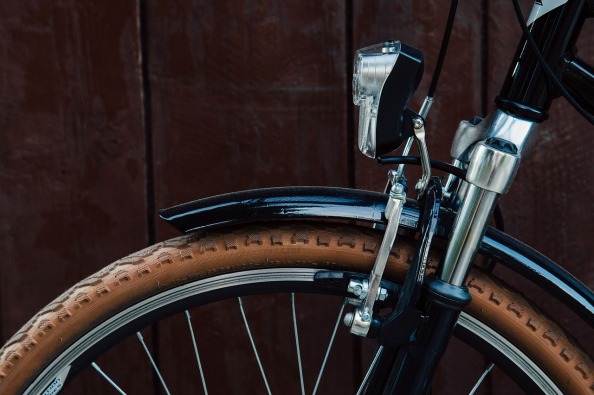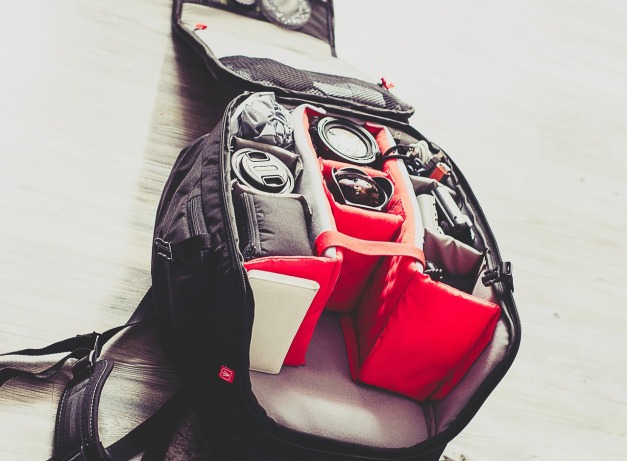For many people, the ideal vacation provides an opportunity to completely relax and do nothing at all. Others prefer more active forms of recreation, like a trip to a renowned ski lodge, a hunting expedition in the wilderness, or a cross-country bicycle tour. However, unless you plan to focus on free diving or marathon running, an active vacation will always revolve around gear.
Most travelers are content with temporary gear, whether you rent a pair of skis for a day or charter an entire boat for a week of deep-sea fishing. But for serious athletes and hobbyists, many of whom have spent considerable sums on excellent, personalized equipment, leaving it all at home and using whatever the rental shop has on hand will be torturous. Unfortunately, bringing sporting gear on vacation has always created a logistical nightmare.
Regardless of the sport or hobby, a few solutions apply to basically any type of equipment. Traveling by car will always be the easiest option, because you won’t have to deal with baggage fees or TSA regulations. Likewise, you can ship virtually any piece of equipment prior to a trip, as long as someone is available to receive the package. See the following for more specific advice:
Bicycles

A rented bike may satisfy the average tourist, but avid cyclists understand that you need your own bicycle if you plan on doing any serious biking. A car rack is often the easiest way to bring your bike along. But if you plan to fly to your destination, you will face two problems: paying for the bike’s passage and getting it to the destination safely. The former usually depends on the individual airline, but the latter is largely under your control.
Begin by picking the right kind of flight. Ideally, you want to stick with one airline for the entire trip, with plenty of time between flights in case a layover is necessary. This allows time for airline personnel to move your bike from one plane to another. While cardboard bike boxes are cheap, if you have to fly with your bike, you should seriously consider investing in a reliable case. For the best results, be sure to follow the manufacturer’s directions for packing.
If bringing a bike along will be too expensive, consider writing out a list of personalized bike measurements and bringing along your bike’s crucial components, like the saddle, pedals, and helmet. This will let you turn a rented bike into a close approximation of your own bike.
Ski Gear

For the most part, ski resorts have made it incredibly easy to rent decent gear. A regular skier, however, will absolutely want to bring their own ski boots, because a well-fitted pair of boots might be the most important piece of equipment for skiing. Indeed, even if you plan to bring all of your own ski equipment on vacation, you will want to carry your ski boots on the plane instead of checking them. Losing skis or poles may be vexing, but losing your boots can ruin the whole trip.
As for the rest of your gear, most experts recommend a good ski bag and some careful packing. Use rubber bands to hold everything together, and pack clothes or bubble wrap around everything to avoid any damage.
Backpacking Gear

Hikers, mountain climbers, and others who plan on spending most of their vacation living out of a backpack face some unique travel challenges. If you have to fly with a backpack, carrying it on the plane will likely be impossible because in addition to the pack itself being too large to qualify as a carry-on, necessary equipment like trekking poles, ice axes, pocket knives, and bear spray are all forbidden in carry-on luggage. To make matters worse, packs suitable for serious backpacking are festooned with straps and ties, all of which can easily get caught in the equipment airports use to transport checked luggage.
Most backpackers recommend using a duffle bag in order to get all of your equipment to your destination when flying. Simply place the unpacked backpack at the bottom of the duffle bag and pack the rest of the gear on top of it. However, you need to be familiar with TSA regulations. For example, you can’t bring camp stoves on board a plane if they have any fuel residue in them, and items like flares and flammable gels are likewise forbidden. If you need these tools for a trip into the wilderness, you should plan on buying them new at your destination.
Hunting Equipment

Obviously, hunting gear requires considerable care to transport, even when traveling by car. If you must fly, though, be sure to thoroughly research your airline’s particular requirements, as each airline has different rules and regulations. The TSA also takes weaponry on planes very seriously, and it has instituted strict rules to protect other passengers. Generally, however, traveling with guns and bows in locked, checked baggage, is entirely possible.
What will often not be possible is bringing any spoils back home. Airlines and the TSA alike tend to frown at traveling with luggage containing enormous antlers, while transporting meat or carcasses can be incredibly expensive and, unless packed extremely well, pretty smelly. For the most part, the best solution is to have things shipped, ideally with plenty of dry ice. Still, no matter how you accomplish it, the process of getting meat home will be very expensive, therefore many hunters prefer to stay close to home if they plan on eating what they shoot.
